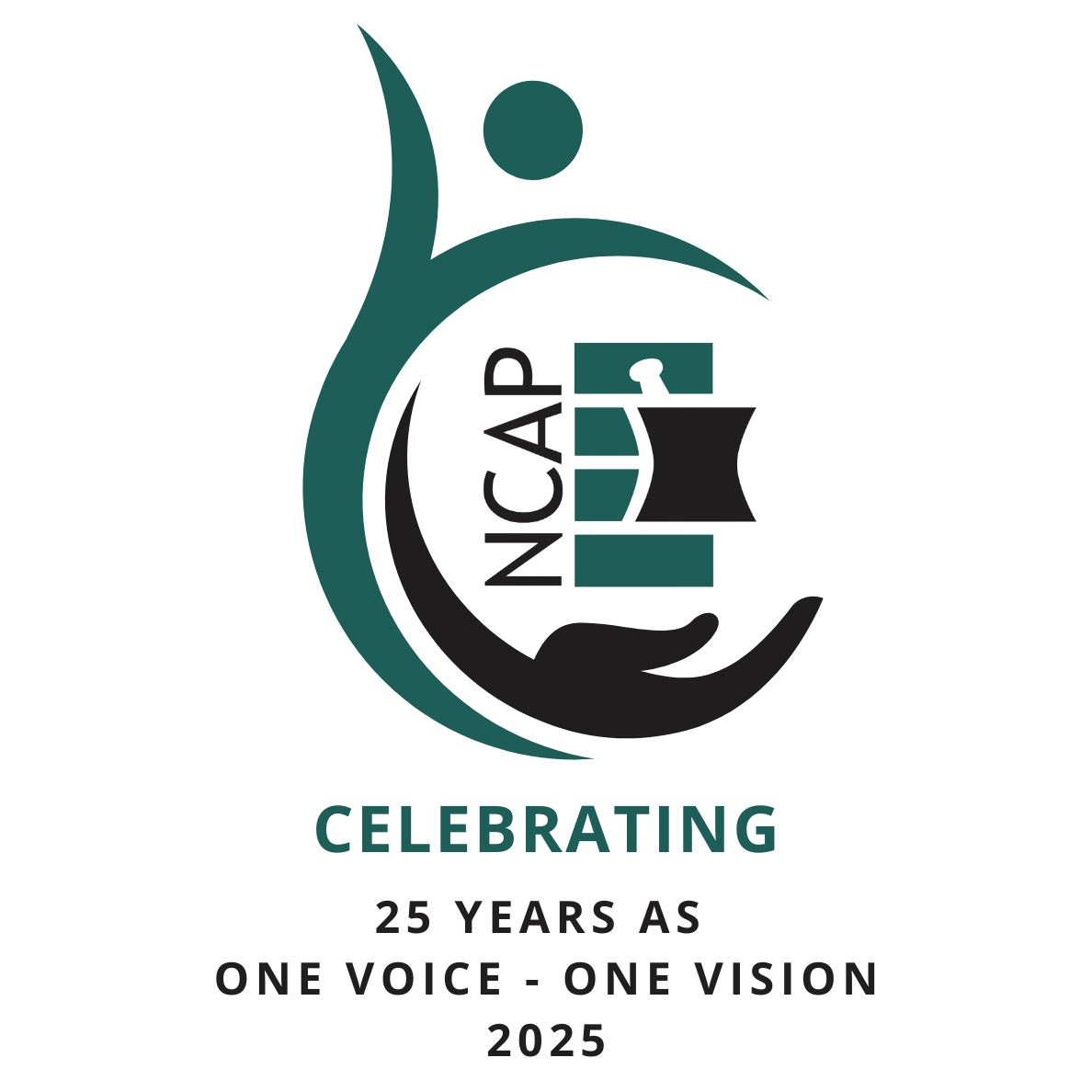|
This brief video discusses the role pharmacists can play in responding to the opioid crisis by increasing access to naloxone. As you may know, naloxone is an opioid antagonist that is administered both by laypersons and health professionals in emergency situations to reverse the effects of an opioid overdose.
Pharmacists can play an important role in identifying patients who may be at higher risk for an opioid overdose. In this video, Dr. Viracola shares two strategies you can use to help identify your patients at the highest risk for opioid overdose and misuse. These strategies include the revised Overdose Risk Tool (ORT-R) and the Risk Index for Overdose or Serious Opioid-Induced Respiratory Depression (RIOSORD).
This brief video highlights North Carolina’s prescription drug monitoring program, the Controlled Substance Reporting System (CSRS). The CSRS is a powerful tool at your fingertips to help improve opioid safety. In this brief video, Dr. Reinstein will review a few of the recent CSRS enhancements which can help you use the CSRS as a clinical tool in your pharmacy practice to improve opioid patient safety.
ACCREDITATION: This video is a project of the Governor’s Institute supported by funding from the North Carolina Division of Public Health Injury and Violence Prevention Branch and the Centers for Disease Control. Collaboration and content development provided by the North Carolina Association of Pharmacists. |



